In Kenya there is no such thing as public transport, not as most of you and I know it. What keeps people going in cities large and small is, instead, the infamous ride-share minibus: the matatu.
“They’re like discos on wheels,” said Michael, my volunteer program manager.
His offhand remark rang in my head as I filtered blankly along the busy sidewalk, my view of the road blocked by dozens of buses with brazenly painted exteriors. Suddenly a young man grabbed my wrist earnestly, like he’d found a long-lost relative.
“Sister, sister! Where are you going? Take this one!”
I shook my head and kept on following my volunteer guide Mercie. With what I could only believe were her astute local sensibilities and not eeny-meeny-miny-moe, she chose a bus that was slightly more full. Squeezing into our seats, we waited for the vehicle to depart.
“Most Kenyans won’t board a matatu that doesn’t have music,” Mercie laughed, as I winced at the music blasting through the speakers. “I wouldn’t. The wait would be so dull.” And wait we did, my mind numbed by head-pounding gospel rap. Only after what felt like an eternity did we move off.
Understanding the matatu in Kenya
The matatu ride-sharing system is the most established stand-in for public transport in Kenya, including the capital city of Nairobi. Matatus are privately owned: one could buy a minibus, register as an operator, and hire a driver and conductor to ply a route (though strict regulations have been introduced in the past decade). At the matatu stage, or terminal, a passenger must choose carefully among dozens of matatus for the one that has the cheapest fare, the best music, and the most waiting passengers on board — as the buses only depart when full.
Matatus are the epitome of hustle and the target of ire from citizens, who have no choice but to be subject to touts, fluctuating fares, and reckless driving on the rage-inducing constipated city roads. The vehicles themselves speak volumes: many boast flamboyant paint jobs and detailed illustrations; the interiors can even be fitted with LEDs and neon lights.
If all this isn’t an attack of the senses — don’t forget the deafening music — I don’t know what is.
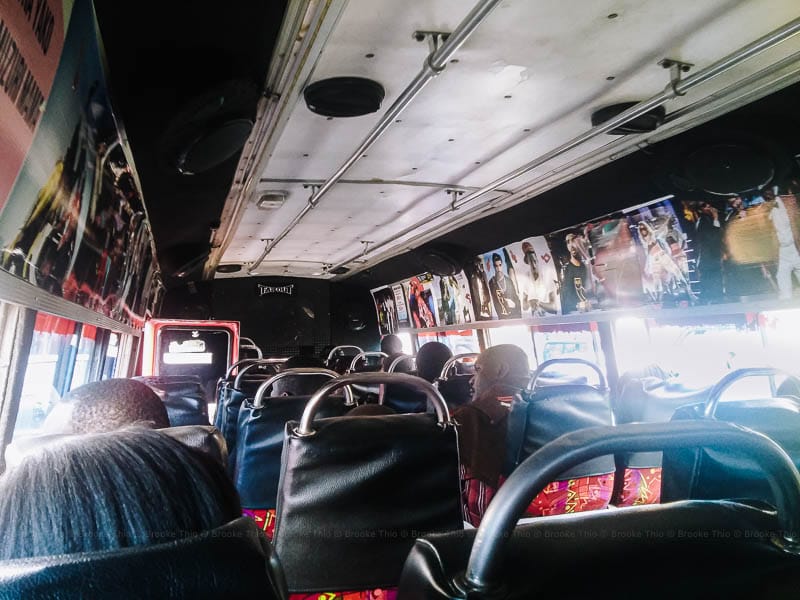
Embracing the chaos
Halfway through my ride with Mercie, our driver launched a fight with another matatu; I clung to my backpack in terror as both vehicles thrilled in racing up close to each other and taunting each other with furious honks. Later on, in a traffic jam, Mercie slid the windows shut. “If you’re careless, snatch thieves can just reach in and grab your phone or your bag,” she explained.
This, I decided, is the most stressful commute in the world.
Outside of Nairobi the matatus are different; little more than battered and grossly overloaded “13-seater” minivans. In my time living near the city of Kisumu, I sat on a wooden plank wedged into the aisle between seats. I sat next to mothers with children on their laps. I sat in the last row, skin to sweaty skin with my fellow riders, five people compressed into a space meant for four.
Of course, no one heads empty-handed from the city to the rural towns. So precious are the boxes of electrical appliances, charcoal stoves, and sacks of mail and clothes, that no cargo is rejected. They’re loaded into the back (or more often, the roof) of the matatu and secured with swaths of faith, rope, and bungee cord. Throw in the conductor, who hangs on from the half-open passenger door throughout the journey, and you’re ready to go.
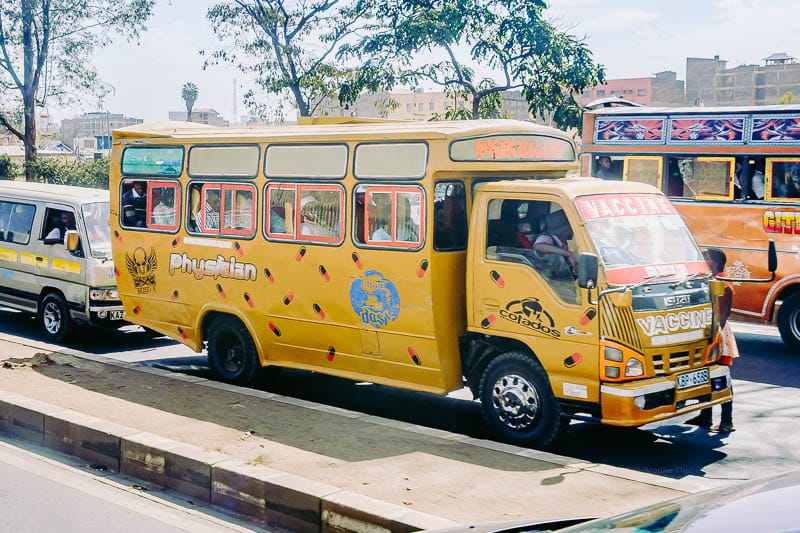
I once even sat in “first class” — next to the driver, sharing the seat with someone else (of course), getting the best view of the Kisumu-Busia highway. But my delight soon turned to dismay as it started to pour, turning our side of the highway into a single-lane mudcrawl.
Next thing I knew, I was sliding off my seat towards the driver as he revved up a steep embankment on our left where the nearly empty, paved-but-yet-unopened new highway had been taunting us. Rain spattered in through the open windows, which the driver had wound down in order to see the side mirrors. He couldn’t gain enough speed, so he eased back, cursing, and tried again.
I thought of one morning when I was walking to the volunteer office and my host, Moses, had pointed out a broken section of asphalt where a matatu had skidded off the road and crashed. Well, if we do get into an accident, at least I won’t be dying alone.
Thankfully, the matatu made it onto the new road on the second try.
Lessons in letting loose
Even has the country has developed, the matatu (and boda boda — motorcycle taxi) continues to be the preferred form of transport for Kenyans. Many take pride in “matatu culture”, as a medium of creative expression if nothing else.
Riding the matatu in Kenya — and everything else I experienced there — transformed me. I grew up following efficient systems developed by a well-run government, and had little inclination to break the rules. But in Kenya, I learned to push back, find workarounds, and be less uptight.
On my last week in Kenya, during a safari tour, my fellow tourists and I decided to head to downtown Nakuru for dinner. The hotel receptionist looked at us — a Portuguese, a Venezuelan, and a Singaporean — and kindly asked if we needed a taxi.
“Nope,” I grinned. “We’ll take a matatu.”
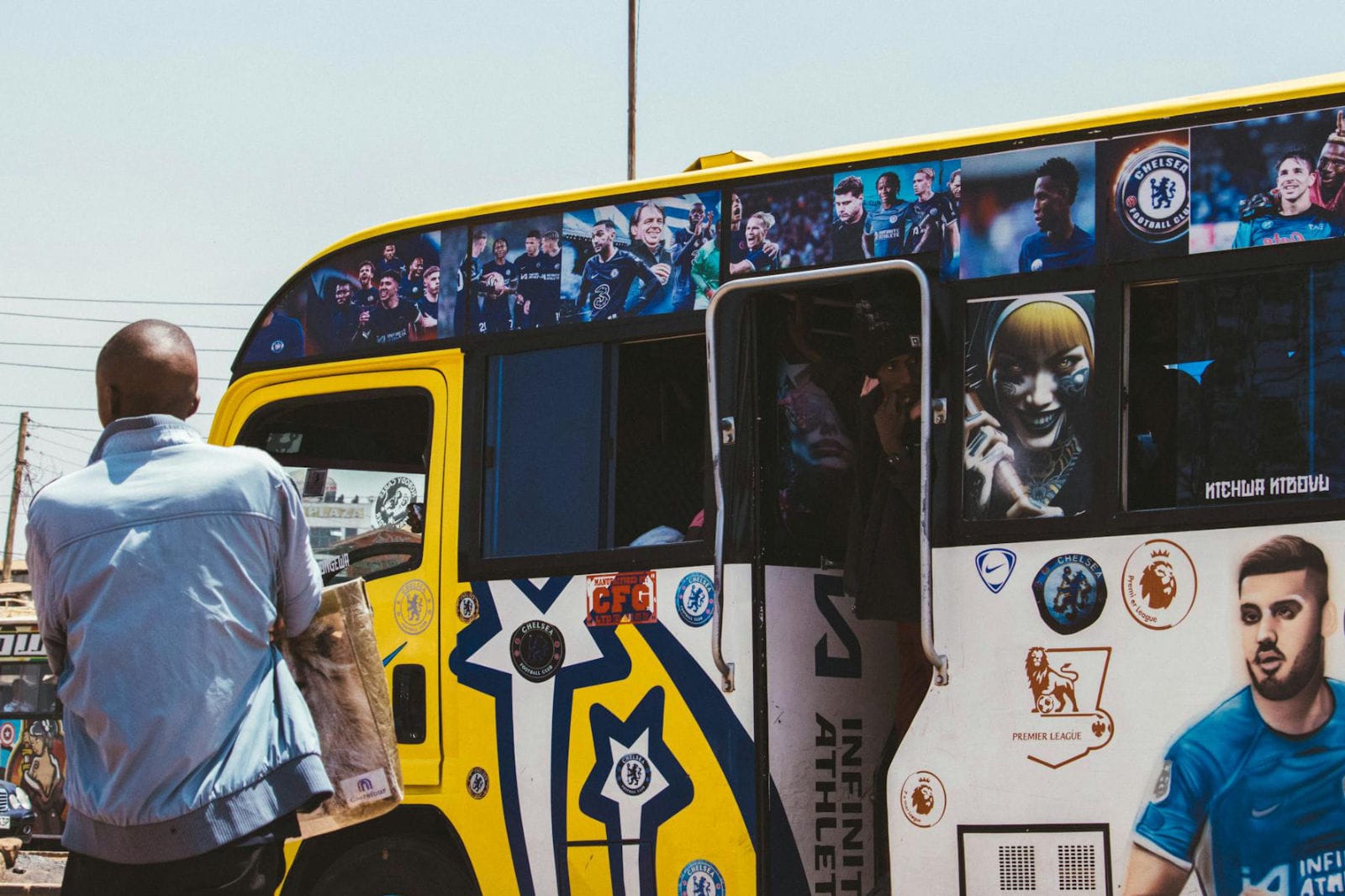

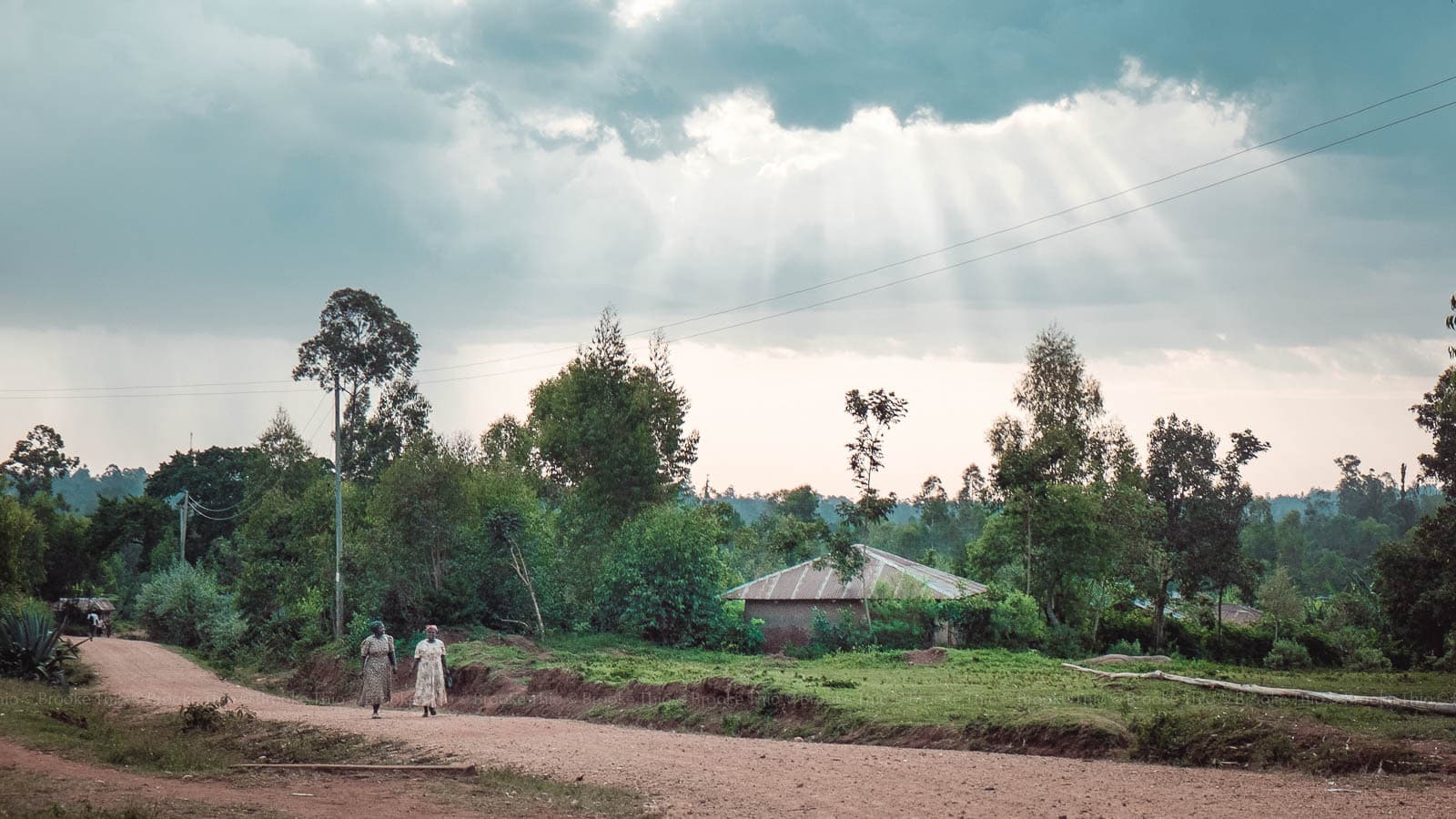
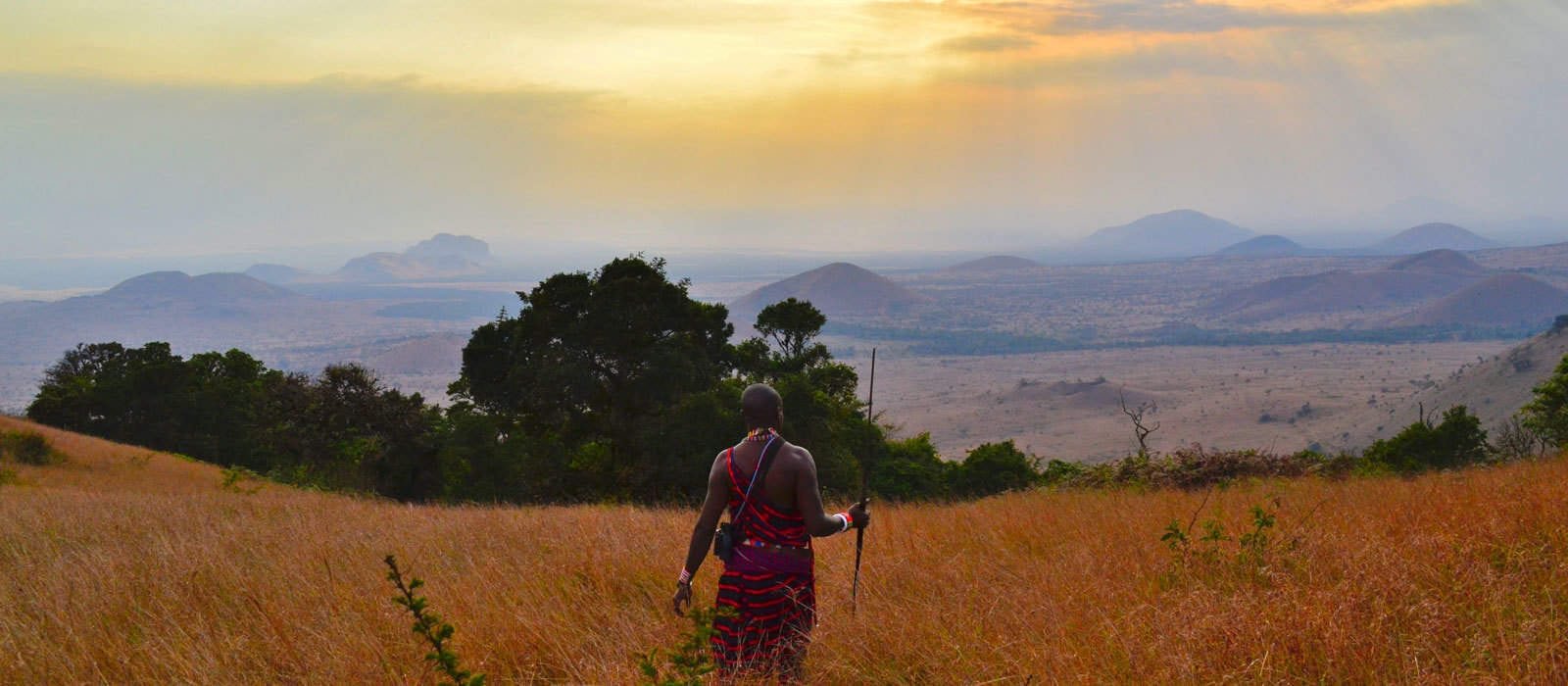
Leave a Reply